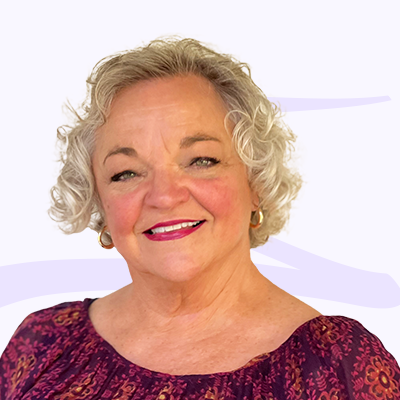



 Everything about networking changed in 2004 when LinkedIn introduced Groups as a feature. Once Groups were brought online, liked-minded professionals had a new way to connect, demonstrate thought leadership and learn about their industries.
Everything about networking changed in 2004 when LinkedIn introduced Groups as a feature. Once Groups were brought online, liked-minded professionals had a new way to connect, demonstrate thought leadership and learn about their industries.
Today, LinkedIn has more than 330 million members and Groups are the places to go to find fuel for your inbound marketing strategy. Here are five tips for successfully leveraging LinkedIn Groups to find high-value prospects for your inbound marketing strategy:
Just because you can be a member of 50 groups doesn't mean you should be a member of 50 groups. Sometimes less is more, and this is especially true when it comes to prying prospects out of LinkedIn Groups.
Before you go blindly joining every group that's focused on your industry, do a little research to find the groups with the best members, the most activity and the right recipe for growth.
You can do this by reviewing the Group Statistics, which are available on the group's page, just below the "Top Influencers of the Week" chart. Check out the statistics and then choose the groups with the highest quality content and members.
LinkedIn Groups are a lot like shark tanks. There are predators (known as sales sharks) lurking around every corner--and they all want to sell something to the exact same people with whom you are looking to connect.
So instead of jumping into sales-shark-infested waters where the competition is intense, make your way over to other industry areas. Think about other industries that could benefit from your expertise and get involved in some of those groups.
For example, if you work in the insurance industry, consider joining groups focused on human resources and loss prevention and risk. You'll find a lot fewer sharks and might be able to greatly expand your prospect list.
Now that you've found your groups, you're probably going to be tempted to jump right in and start chumming up the waters with all of your marketing messages.
Don't.
One of the worst things you can do is dive in and start posting. In fact, doing so may torpedo your efforts to incorporate LinkedIn Groups into your inbound marketing strategy before it even leaves the dock.
Instead, read the rules for each group you've joined, take some time to follow the conversations and make sure you understand the culture for each group. Once you've done these three things, start sharing your expertise--but don't be the guy who tries to hook them with the hard sell.
Spam is one of the things people worry about when it comes to running a LinkedIn Group.
Spam--relentless messages that offer little to no value to readers other than trying entirely too hard to sell something--makes people turn away from groups.
Unfortunately, there seem to be a lot of sales and marketing people clad in polyester suits sitting behind keyboards filling LinkedIn Groups with spam.
Don't be that guy. Instead, be the professional who posts interesting, relevant content--and drives other group members to explore your online offerings on their own.
Once you are participating in groups, you need to know how to drive prospects to your website, landing pages and online content.
It's a big job, and you might need help.
Don't be too proud to ask. Integrating LinkedIn Groups into your inbound marketing strategy takes time, experience and expertise. Spot On has all three of those attributes and would be happy to help. All you have to do is ask!


Spot On co-founder and partner Susie Kelley is dedicated to leveraging technology to advance innovative solutions in highly regulated industries. Driven by the opportunity to elevate brands, she co-founded Spot On in 2012 after having spent 15 years honing her marketing skills in an agency. Susie leads business development with a personal touch, focusing on building lasting relationships with clients to meet — and exceed — their goals for business growth.
Get the latest and greatest posts sent straight to your inbox.


